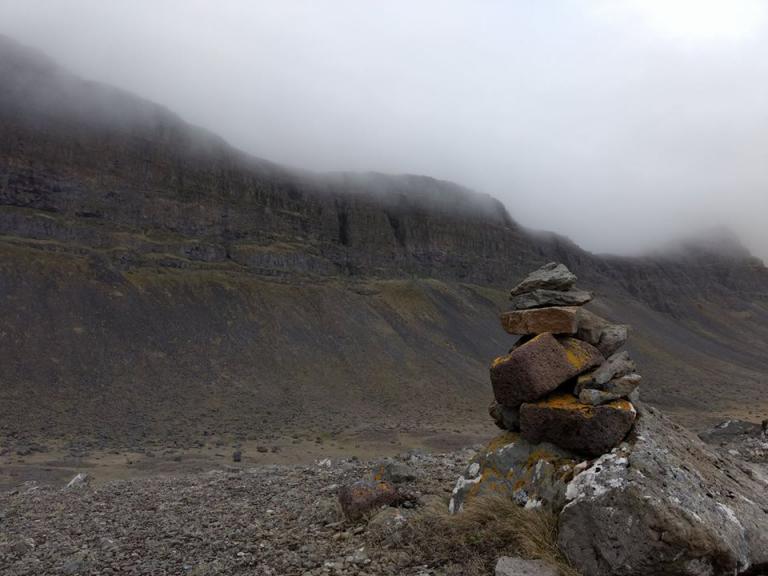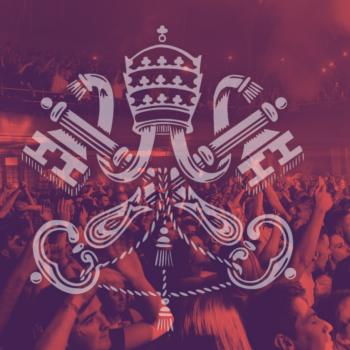Some years ago, a town in Iceland stopped the construction of a road. Not because it was an archaeological site—or because of budgetary concerns. But because the proposed path of the road was the habitat of invisible elves.

Multiple rock piles stood in the way, which signified that elves inhabited the site. Government officials asked local elf whisperers to seek permission from these elves to proceed with construction. The answer, relayed the elf whisperers, was a firm “No, you cannot level the rock piles to build this road.” General consensus among locals, construction workers, and government officials was that the wishes of the elves should not be defied. After all, defying the elves can have disastrous consequences (in Alfholl, machinery and drills repeatedly broke down when the city proceeded despite a denial from the elves). And so the road was rerouted at considerable expense.
I heard this fascinating story during a recent five-day hiking trip to Iceland. Whether or not the elves are real, the rock piles certainly are. They’re everywhere, even in the most remote areas of Iceland. In the Westfjords (the most remote of the five regions in the country), I saw more rock piles than people (about 7,000).
The persistence of elves in the Icelandic imagination reflects a spiritual syncretism. Pagan until about 1000 CE, Iceland’s rulers converted to Christianity and named it the national religion. Paganism was officially tolerated, however, and pagan spiritual practices have persisted ever since.
Related to pagan rites of fertility, elves took on a more Christian sheen in the eleventh and twelfth centuries. According to one folk tale, the origins of elves can be traced to Eve. She hid her dirty, unwashed children from God, lying about their existence. God then declared, “What man hides from god, God will hid from man.” Other tales say that elves come from Lilith—or are fallen angels condemned to live between heaven and hell.
Scholars explain the emergence of this folklore in a variety of ways. Ólina Thorvarðardóttir says that stories about elves promoted safety. She writes, “Oral tales concerning Icelandic elves and trolls no doubt served as warning fables. They prevented many children from wandering away from human habitations, taught Iceland’s topographical history, and instilled fear and respect for the harsh powers of nature.” B.S. Benedikz, citing the enchantment of Iceland’s wild terrain and weather, writes, “The reason is of course perfectly clear. When one’s life is conditioned by a landscape dominated by rocks twisted by volcanic action, wind and water into ferocious and alarming shapes… the imagination fastens on these natural phenomena.”
Whatever the case, elves, who reportedly appear in dreams wearing green nineteenth-century Icelandic clothing, still garner much respect. According to one survey, 54.5 percent of Icelanders believe in elves. (Interestingly supporters of the Progressive Party believed in elves more than other political parties.)
Iceland, like many other Western nations, faces declining church attendance. Though 70 percent of citizens are registered as members of the Lutheran Church of Iceland, the country’s state church, less than ten percent actually attend church, even only once a month. It appears to be the epitome of a secular state.
And yet . . . it is hard to find an atheist (less than ten percent of the population) in Iceland. And citizens continue to view the church as an important institution. Indeed, the state continues to fund the church; all taxpayers over the age of sixteen pay a church tax called the sóknargjald. Even more curious, given the supposed secularization of Iceland, elves shape public policy. The constructs of secularism and the supernatural, as it turns out, are much more complex than we usually think.















